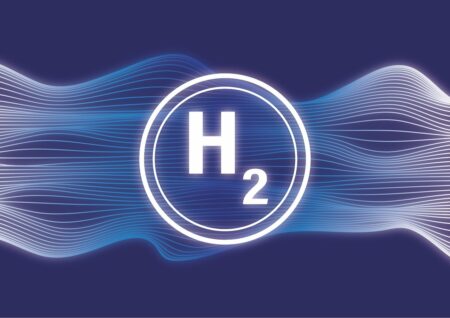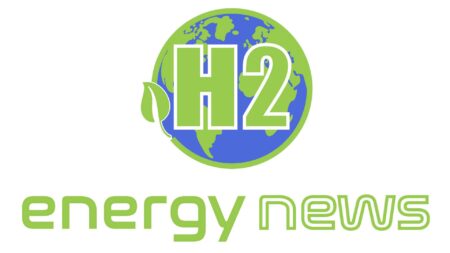International Energy Agency (IEA) unveils a comprehensive dataset showcasing the trajectory of government research and development (R&D) budgets in its member countries. This intricate data not only reflects the ebb and flow of energy R&D but also underlines the evolving priorities and technologies that have shaped the energy landscape.
Browsing: IEA
The transition to a net-zero carbon future is an aspiration shared by many nations worldwide, driven by the pressing need to combat climate change.
In the relentless pursuit of limiting global warming to 1.5 degrees Celsius, the International Energy Agency (IEA) presents its latest Net Zero Roadmap for 2023.
The stage is set for a revolution in the energy landscape, and at its heart is the promise of low-emissions hydrogen. A recent report by the International Energy Agency (IEA) reveals a complex yet hopeful picture of an industry on the brink of transformation.
For Japan’s G7 Presidency, the IEA has produced a wide range of new analysis on important energy and climate topics, including reports on hydrogen, steel, renewables integration, and natural gas. It has also contributed to discussions on important minerals, clean energy supply chains, energy efficiency, and lowering emissions from road transport.
New recommendations for producing clean hydrogen have been made public by the International Energy Agency (IEA).
“Hydrogen Patents for a Clean Energy Future,” a detailed analysis on innovation in clean-energy hydrogen technologies during the past 20 years based on international patent filings, has just been released by the European Patent Office (EPO) and International Energy Agency (IEA).
A recent joint report by the European Patent Office (EPO) and the International Energy Agency (IEA) summarized innovation and patent trends in the hydrogen economy.
Three cooperative initiatives between Oman and the International Energy Agency (IEA) are now underway to expand and improve green hydrogen generation in Oman.
According to the International Energy Agency’s 2022 World Energy Outlook, Australia will export the most low-emission hydrogen by 2050.




